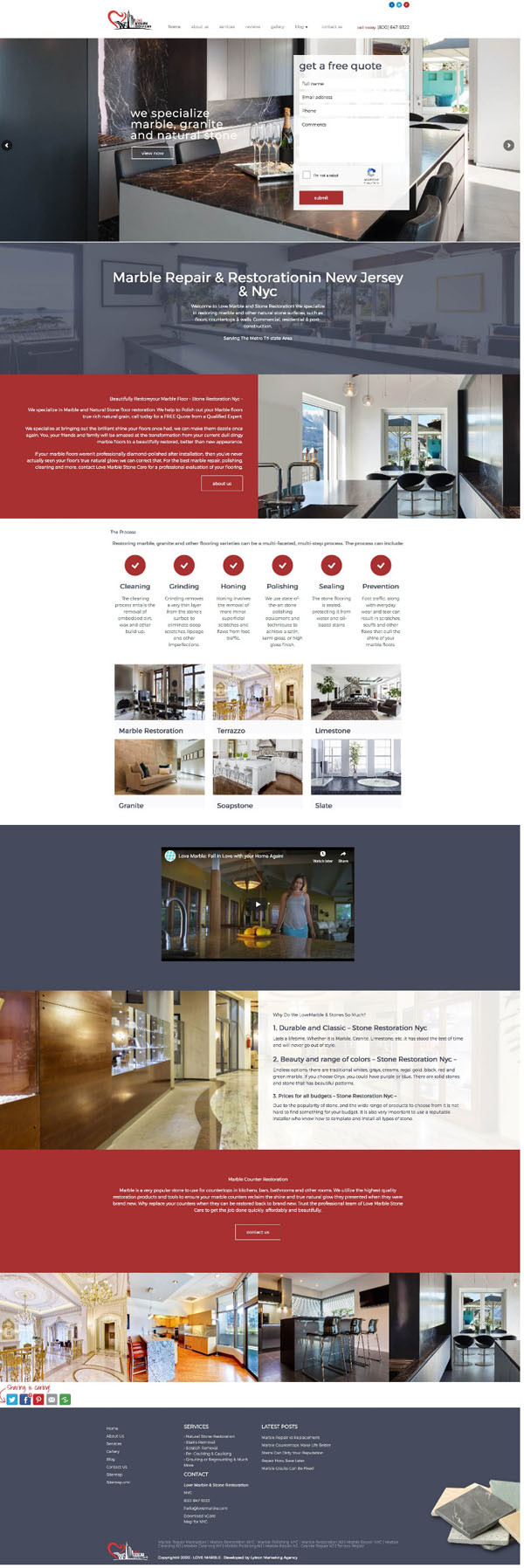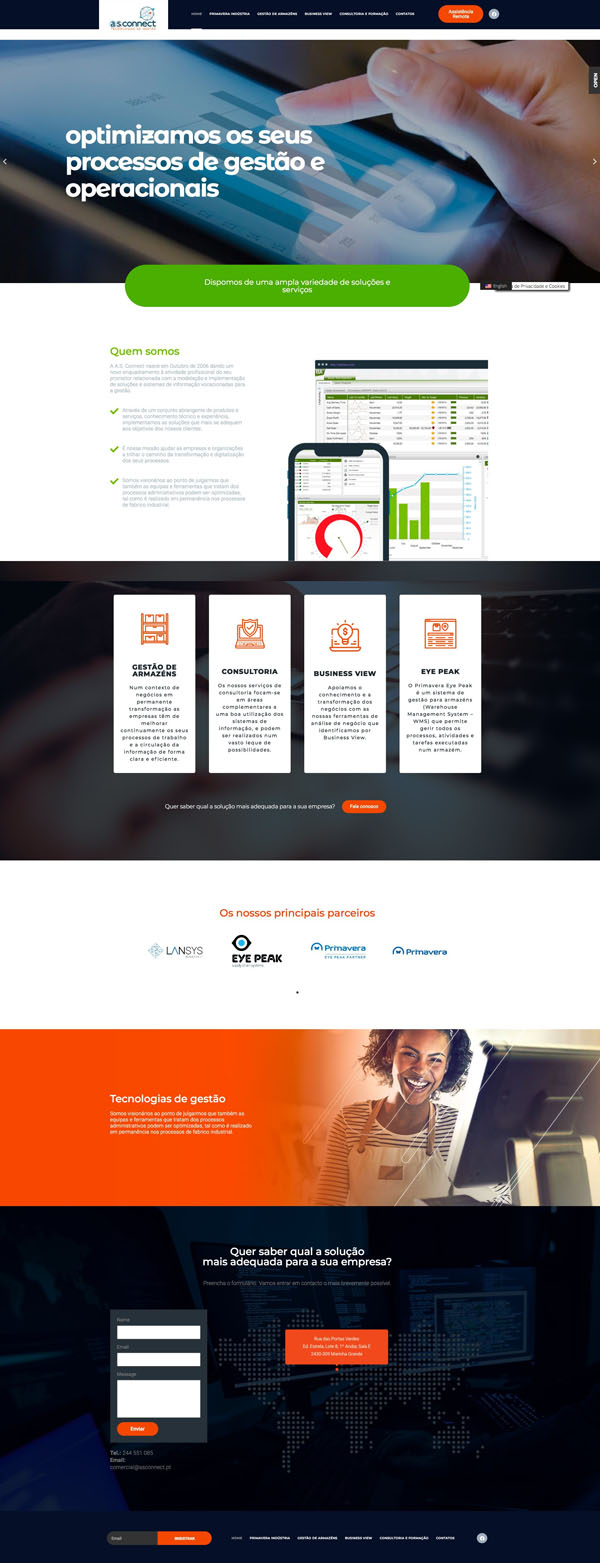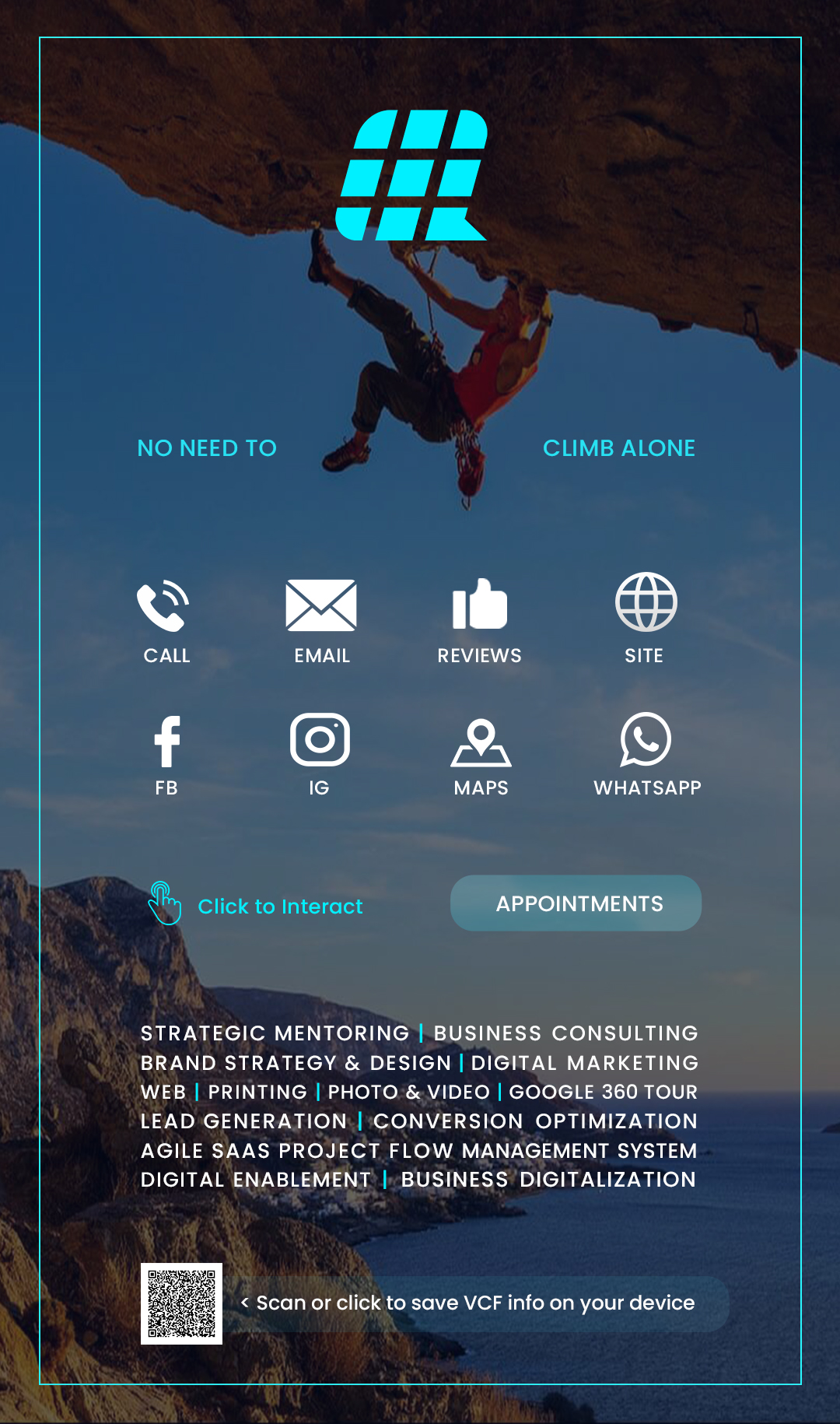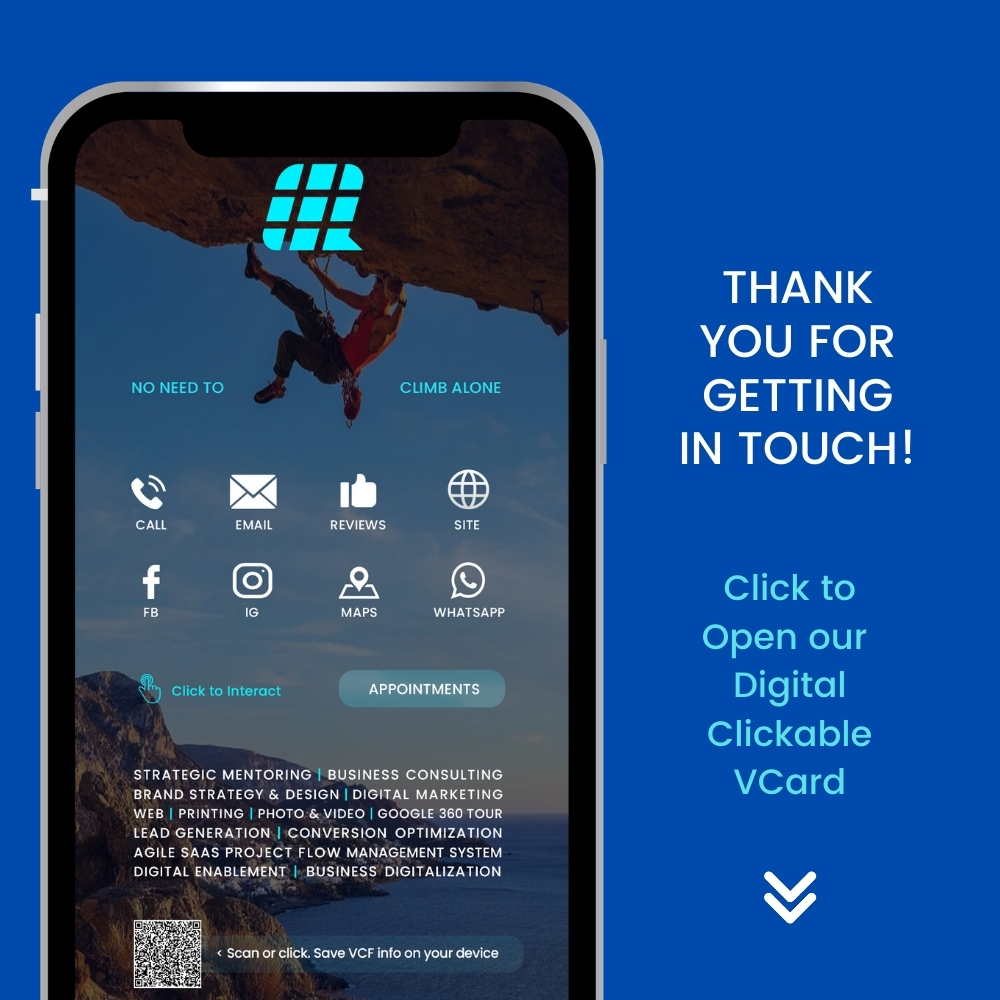
It’s often hard for business owners to understand how their companies are actually perceived by their customers and people in general.
There’s a kind of near-sightedness that comes with sitting in the driver’s seat. You are simply too close to your operations to have the kind of unbiased, non-emotional viewpoint of your brand. Fortunately, that’s where brand research comes into play.
Brand Research
As one of the leading brand consultants in South Florida. Lytron Strategic focuses on brand research as the starting point for collaborating with any new client. Not until you can understand how people truly perceive your company — if they are aware of it all – can you make decisions that strengthen the emotional bonds necessary to develop long-term, profitable customer relationships.
Our research team can quickly and accurately assess the state of your brand in the marketplace right now: What share of potential customers are aware of your business? What kind of emotions do they associate with it? How likely are they to engage with your products or services? What brand loyalty do they have?
Only when you understand where you have been can you accurately plan a path to where you want to go. Brand research is the first step in understanding your brand so that you can reinvent it the way you want it to be.
Lytron Strategic
From there, Lytron Strategic can collaborate with you to build on the positive things people think about your business and convert any negative connotations into positive ones. With your direction, we can then implement highly-effective, transformative branding initiatives that will build loyalty, expand market share, and create long-term customers who will be ambassadors for your brand to their family, friends, and social media contacts.
The way people feel about your brand today doesn’t have to be the way they feel about it tomorrow. With the help of Lytron Strategic, you can reinvent your brand any way you want to.







 Have you run out of ideas for promoting your business? We have one and it’s a good one: A lot of small businesses struggle to find new ways to make genuine connections with customers when they already have everything they need all along in their origin story.
Have you run out of ideas for promoting your business? We have one and it’s a good one: A lot of small businesses struggle to find new ways to make genuine connections with customers when they already have everything they need all along in their origin story.









